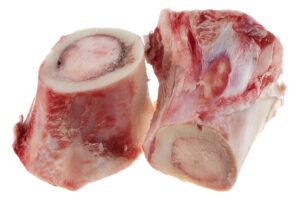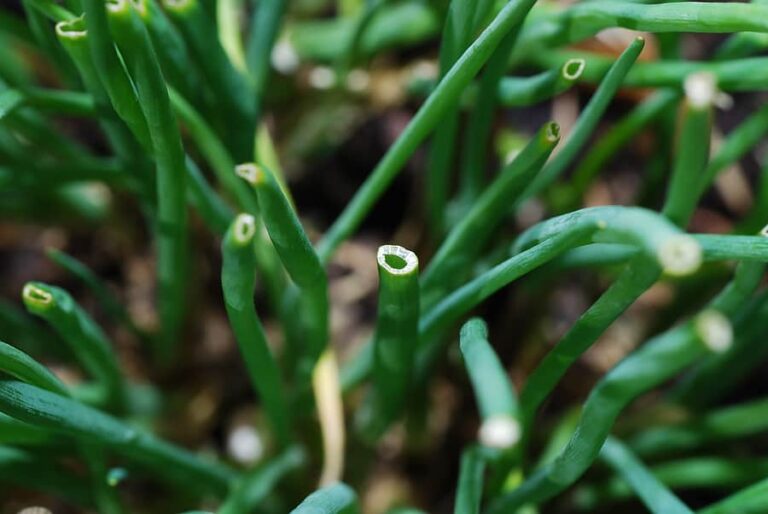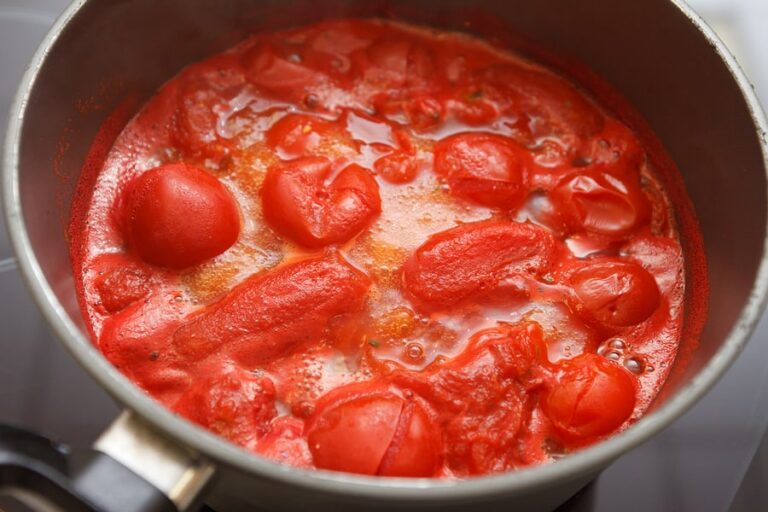How to Make White Stock for Soups

White stock is full bodied with little or no color—and, on its own,nearly neutral flavor. Use white stock to amplify the flavors of the foods added to it.
Dried vegetable soups–black bean, white-navy bean, lima bean, kidney bean, whole and split pea, and lentil–are made with white stock. Reduce white stock to use as a base for sauces.
White stocks should be as clear as possible so that the liquid does not detract from the main ingredients of the soup.
Make white stock with veal, beef, or chicken bones and sometimes meat. (Seek out free-raised and pasture-raised veal, beef, and chicken.) Veal is a favorite for making white stock; calf bones contain abundant collagen which breaks down into a gelatin creating full body in the finished stock.
(White stock is made from unroasted bones and meat. Brown stock is made from meat and bones roasted in advance. Beef and chicken bone and meat stock have the flavor and aroma of beef and chicken, and chicken leaves stock a pale yellow, not clear, color. Veal bones and meat are both colorless and neutral flavored.)
Herbs and vegetables are sometimes used in the preparation of white stock. They can add their own flavor accent to the finished stock, but are not essential.
Here’s how to make white stock:
• Ratio. You will need about 1 pound of beef bone or chicken carcass for each quart of water to make stock.
• Size bones. Cut bones for making white stock into pieces 3 to 4 inches (8 to 10 cm) long. The more surface area of bone exposed the greater the extraction of gelatin. Use a meat saw to cut heavy veal and beef bones crosswise; use a poultry shear to cut chicken bones. (Bones need not be cut into small pieces, but the cooking time will increase with the size of the bones.)
• Rinse. Rinse bones well in cold water to remove impurities—fats and soluble cell proteins–that can later cloud the stock.
• Cold water. Place bones in a heavy flat-bottomed stainless steel cooking pot (for even cooking and greatest clarity) and cover them with cold water. Cold water speeds the extraction of gelatin from bones—many proteins are soluble in cold but not hot water. Make sure the pot is large enough to hold bones and water with an inch or two to spare at the top; this will allow for foaming during cooking.
• Slowly to a boil. Slowly bring the liquid to a boil; the slower the better for producing a clear stock. (Stir the pot only occasionally as the liquid heats so that solids don’t stick to the bottom and burn.) Use a spoon or ladle to skim away any scum that accumulates on the surface. Scum is coagulated fat and protein that can cloud the stock if it is broken up and mixed into the liquid.
• Simmer. When the liquid just reaches a boil, immediately reduce the heat to a simmer—a few bubbles just breaking the surface. (Boiling like stirring will cloud the stock.) Keep the liquid at a simmer from this point forward.
Keep the water level above the bones; add more water if necessary. Bones exposed to air will turn dark and, in turn, darken or discolor stock. Bones will not release gelatin if they are not covered with water. Leave the pot uncovered so that the stock is less likely to boil.
Simmering extracts gelatin from bones—and flavor from meat, vegetables, and herbs. Long simmering will increase the body and flavor of stock (though flavors can break down if cooking goes on too long).
• Cooking time. Simmer large beef and veal bones for 6 to 8 hours; chicken bones for 3 to 4 hours, and fish bones for 30 to 45 minutes. Small bones cut to into pieces 3 to 4 inches (8 to 10 cm) long require about half the cooking time. Taste for developing body and flavor as you cook. Overcooked stock will taste bitter; undercooked stock will taste watery. With slow, even simmering, the stock should develop a full body or viscosity as the liquid reduces and becomes more concentrated with gelatin.
• Skim. As the liquid simmers, impurities will rise to the surface and form a skin or scum. Use a ladle, spoon, or tea strainer to remove the impurities. Repeat this as many times as needed to clarify the liquid. Alternatively, you can drop a well-beaten egg white or two into the stock as it simmers. When the white hardens it will entrap the small food particles; egg and all can be strained away.
Adding cold water to the pot just before skimming will stop cooking and bring more fat and impurities to the surface. (Generally, it is best to add hot water to the pot as the water evaporates.)
• Optional aromatics. When scum has stopped forming, you can add aromatic vegetables and herbs to the simmering stock; this step is optional. Chopped onions, celery, or carrots (mirepox) can be added—depending on the flavor accent you want. Sprigs of fresh parsley and thyme along with a bay leaf (bouquet garni) can be tied with kitchen twine to dangle in the pot. Vegetables chopped large will take longer to cook; chopped small will cook more quickly. Cook vegetables until they are just tender—not falling apart. If you add any vegetables to the stock pot, be sure that they, too, are covered with water. In the end, white stock should not have the aroma of vegetables, but the appetizing aroma of beef, chicken, or fish (veal will be almost neutral in aroma).
• Cooling. When the stock body and flavor is right, take the pot from the stove and cool the stock as quickly as possible. Set the pot on a rack at the bottom of a sink and fill the sink with cold water—but not higher than the level of the stock in the pot. Stir gently occasionally so the stock cools evenly. (If the stock is not clean, clear, and bright strain it through a cheesecloth-lined strainer before cooling. Leave no solids in white stock.)
Don’t place a hot stock pot in the refrigerator—the heat and steam can overload and damage the refrigerator cooling mechanism. Cooling stock is important to keep bacteria and food-borne diseases from getting a start.
• Use. Your white stock is now ready to use as a cooking liquid for soups, vegetables, and stews and to reduce for use in a sauce. You also can also use this stock to extract the flavor and body from new bones and meat; this is called double stock.
• Store. Store cooled stock in covered plastic containers in the refrigerator. Stock will keep 2 to 3 days in the refrigerator. Stock will keep in the freezer for several months.






